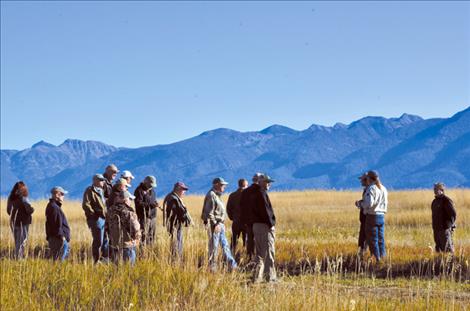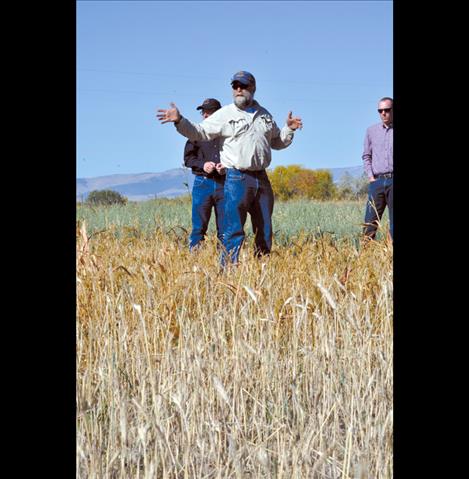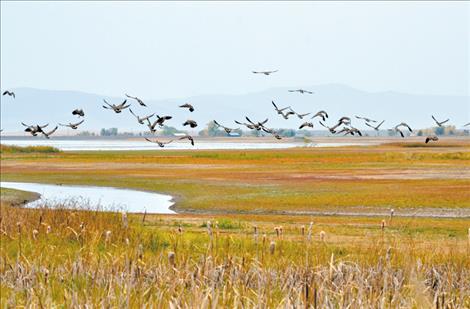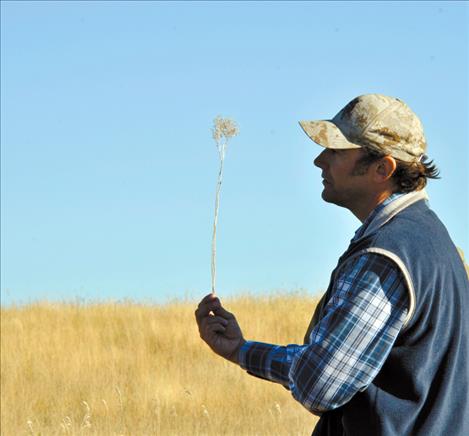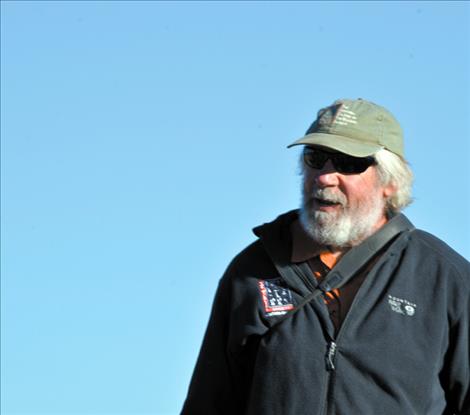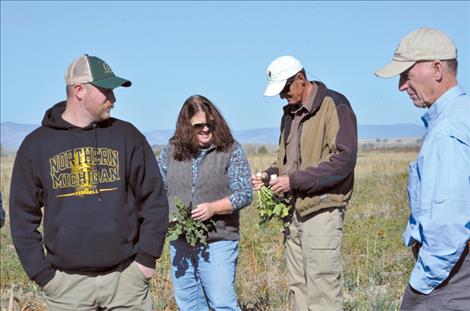Several agencies work together on bird habitat
Hey savvy news reader! Thanks for choosing local.
You are now reading
3 of 3 free articles.
CHARLO – After thousands of years, glacier-cut pot holes have filled with water on the land in and around the Ninepipe National Wildlife Refuge turning the area into a wetland complex where ducks dip their heads into the ponds looking for lunch, pheasants hide in the brush in surrounding fields and geese mingle along the shorelines.
“This land is some of the last best land around,” said Dan Bailey, State representative for Pheasants Forever.
Many people want to preserve the land so it remains a wildlife habitat for a variety of bird species that need ground cover and food production. The land is also used for hunting; however, hunting isn’t allowed on the refuge. Only wildlife management areas surrounding the refuge are open to hunters.
On Oct. 5 a couple dozen people from all over the state met to talk about land management and to learn about what is currently being done in and around the refuge. Many of the participants were part of the Upland Game Bird Enhancement Program that travels around the state and advises Montana Fish, Wildlife and Parks on ways to improve habitat for a variety of bird species. Some of the participants were biologists, others were landowners and a few were hunters with Pheasants Forever.
They piled into vehicles and took off over the backroads around the Ninepipe Refuge to look at the work that’s been done. Charlie Holtz was on hand to explain some of the things he has done on the land in the past few months. Pheasants Forever provides funding to employ Holtz to work on the land to improve habitat for bird wildlife. Holtz also partners with FWP.
“Charlie has a five-year contract with us,” said Dave Bunnell, Pheasants Forever treasurer. “What he is doing is unprecedented as a cooperative agreement. He is a private, non-government official working on federal and state lands and he takes directions from Pheasants Forever.”
One of the tools Holtz uses is a small tractor and a disk. He turns up the soil and plants things like wheat to provide ground cover and food for the birds. He often targets small patches of whitetop. Although, he says it’s impossible to get rid of all of the weeds.
“In these areas, you have a weed seed bank for decades,” he said to the group. He explained that it is easier to work with the weeds in limited numbers and create a wide spectrum of plant species.
Holtz said the biggest challenge he faces is finding low seed prices. He added that Pheasants Forever puts money into the project and FWP adds to it when they can. He also uses equipment provided by FWP with a home base at the National Bison Range. The Salish and Kootenai Tribes also lend him equipment.
The group got back into their rigs and drove past cows nipping at the grass from under the fence to another section of managed lands between Charlo and the Ninepipe Reservoir on Olsen Road. FWP representative John Grant explained that his agency planted a seed mixture in the area with things like sunflowers, turnips, peas and grasses to provide a sustainable food cover for the birds.
“This is a good place for nesting,” Grant said adding that the crop promotes bugs that are good for chicks.
Art Soukkala, Wildlife Biologist for the Confederated Salish and Kootenai Tribes, said that the tribe also works the land, but they approach management differently with a focus on native plant species.
“Our goal is to restore the natural habitat,” he said. “It’s a long-term process. We try this and find that it works or it doesn’t work. It’s a learning process.”
The different agencies working on the land sometimes have different management styles with different governments and goals, but representatives said they all work well together as a cooperative, although they don’t have a strategic plan.
“Part of the reason that we don’t have a plan is that we want input from everyone,” Holtz said. “The plan is an organic thing that is always growing.”
















